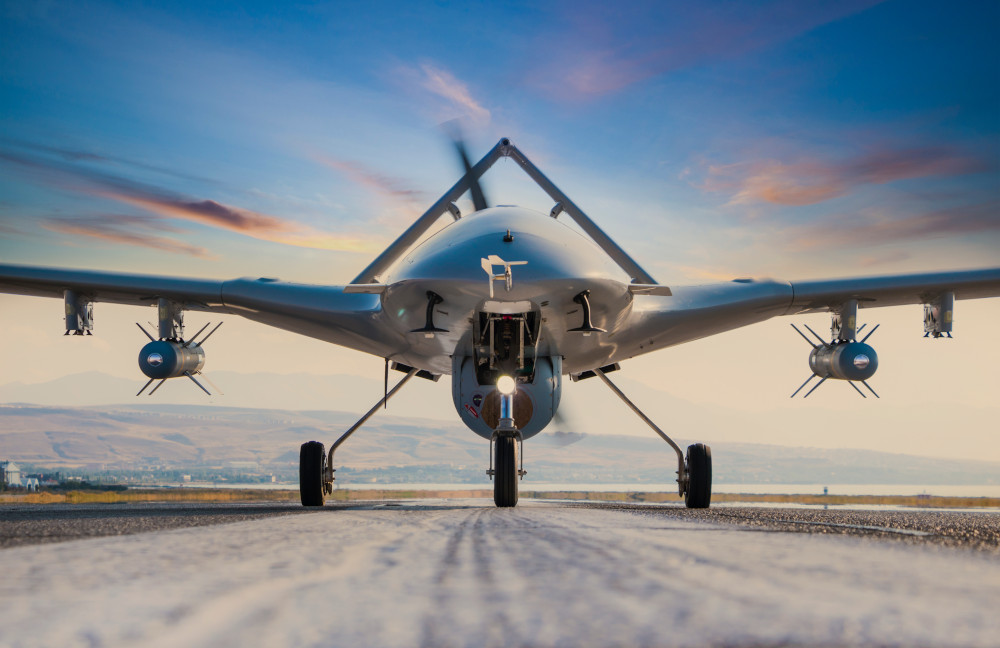Over the last number of years, we have seen organizations shift to cloud computing, in its various forms. Successful adoption and consumption of cloud services have seen organizations benefit from improved cost-effectiveness, security, agility, resiliency and performance. However, with such a significant shift to new technologies, we have seen differing experiences in the benefits realization of the shift to cloud.
It is well known that adopting cloud services is not just a technical shift away from data centers or on-premise technology, it can enable organizations to leverage technical innovation through consumption of on-demand services which can provide a step change for the customer. However, the shift to cloud must be done right.
Cloud migration is the process of moving applications from one location, often a company’s on-site (on-premises) servers to a cloud service provider (CSP). Organizations are looking to the cloud as a solution to grow and thrive in today’s competitive market. If used correctly, cloud provides the ability to improve business processes, operational efficiencies leading to cost benefits and the power of near-limitless scalability.
Types of cloud migration
There are six most common approaches for workload migration. Choosing the right type of migration is one thing, but choosing how to rationalize and migrate each application, database or mainframe workload is equally important.
Rehost
Also known as ‘lift and shift,’ rehosting involves moving an existing application to the cloud without making any significant changes to its architecture or functionality. In this approach, the application is deployed in a virtual machine on the cloud provider’s infrastructure, with minimal modifications to its code. This type of migration is simple and fast, making it an ideal choice for businesses that need to move to the cloud quickly from a burning platform. It allows businesses to take advantage of cloud’s scalability and availability while reducing overhead costs and operations of maintaining on-premises hardware.
Replatform
This approach involves making some modifications to the application architecture to take advantage of cloud-native features while retaining core functionality and architecture. This involves migrating the application to a cloud platform with minimal changes, such as upgrading the application’s underlying infrastructure or changing its database to a cloud-native alternative. Replatforming is less complex than rewriting an application from scratch, and it allows businesses to take advantage of the cloud’s scalability and flexibility without significant disruption to existing IT operations.
Repurchase
Also known as replacing, repurchasing involves replacing an existing application with a cloud-based Software as a Service (SaaS) solution. This approach is suitable for businesses that want to move to a cloud-based solution that is managed and maintained by a third party. Repurchasing can be an expensive process, but it can also provide significant benefits, such as reduced maintenance costs, automatic upgrades and improved security.
Refactor
Also known as rearchitecting, refactoring involves making significant changes to the application’s codebase and architecture to optimize it for cloud deployment; for example, monolithic applications being refactored to an event-based architecture that utilizes microservices concepts. This type of migration involves rearchitecting the application to take advantage of cloud-native features such as serverless computing or containerization. Refactoring can be a time-consuming process, but it provides the greatest flexibility and scalability for the application, enabling businesses to take full advantage of the cloud’s benefits and remove technical debt rather than transferring it to the cloud.
Retain
Retaining involves keeping an application in its current state and not migrating it to the cloud. This approach is often used for applications not suitable for cloud deployment, such as those with overly sensitive data or those requiring elevated levels of customization. Retaining such applications on-premises can provide greater control and security but may also limit scalability and flexibility.
Retire
This approach involves decommissioning an application that is no longer in use. This approach is often used when businesses have legacy applications that are no longer relevant or supported. Retiring such applications can free up resources and reduce costs, enabling businesses to focus on more critical applications and services.
Cloud migration drivers
Although there are several reasons for migrating to the cloud, there needs to be a clear goal that drives the migration. A clear driver and common goal will help determine the type of migration needed for the organization as well as rationalize the applications and workloads under scope. Common drivers for a cloud migration are:
Infrastructure modernization
Organizations can modernize their business-critical applications and take advantage of fully managed cloud offerings to reduce operational tasks. Traditional legacy infrastructure has many headaches that modern managed cloud offerings can alleviate such as catering to significant surges in demand, reducing or eliminating operational responsibilities and scaling applications and infrastructure as needed. Building or shifting to a modern infrastructure on the cloud also mitigates the risk of self-hosted data centers going down. Organizations looking to modernize their infrastructure will typically look to rehost or re-platform components of their infrastructure.
Cost optimization
Migrating to the cloud to optimize costs is a common driver for organizations, providing an opportunity to shift from a capital expense model to an operational expense model which can significantly increase ROI in the long term. Furthermore, on-premises data centers are expensive to run and if the data center contract is due to expire soon, there is an opportunity to shift to the cloud instead to lower infrastructure costs. The cloud allows organizations to continually monitor and assess the usage of resources providing insight to scale infrastructure accordingly. Organizations looking to optimize their infrastructure costs will typically look to rehost, repurchase and retire components of their infrastructure.
Application modernization
Business-critical legacy applications that are struggling to keep up with the constant evolution of technological and business change can be modernized in the cloud. Many organizations will experience legacy applications and traditional development practices are holding back business agility and innovation. This can be resolved by migrating and re-platforming application workloads to the cloud and taking a microservices approach. This also enables them to embrace new ways of working such as DevOps, site reliability engineering and continuous integration/continuous delivery (CI/CD). The added benefits of moving applications to the cloud include built-in security solutions, autoscaling and utilizing AI and machine learning for continuous innovation. Organizations looking to modernize their applications will typically look to re-platform or refactor components of their estate.
Digital transformation enablement
With innovation increasing at an exponential rate, organizations are undertaking digital transformation to facilitate exploiting technological advancements and embedding them into their business. Migrating to the cloud enables this transformation as it gives access to modern services, reduces operational costs and supports business continuity. Not only are organizations able to run their existing infrastructure on the cloud but they are simultaneously able to build a brand-new infrastructure in parallel, allowing them to respond and adapt to industry change with agility. Organizations looking for a digital transformation typically embrace all the migration strategies appropriate to their business and workload status.
Resilience against cybersecurity threats
Cyber threats have always and will be prevalent, whether it is on-premises or on cloud platforms, as there is a constant battle to protect the data and the technology environment. With the advancement of technology, cyber threats have also evolved, and organizations need to be prepared and arm themselves with modern cybersecurity protections. CSPs are responsible for protecting the underlying infrastructure in their cloud platform and can protect businesses from distributed denial of service (DDoS) attacks. Additionally, CSPs offer a range of ready to consume modern cybersecurity services that organizations can utilize to protect their cloud environment, applications and sensitive data that sits on top of the infrastructure. Organizations looking for resilience against cybersecurity threats will typically rehost or repurchase components of their infrastructure to utilize the benefits and cybersecurity offerings provided by the CSPs.
Read the results of our 2023 Global Technology Executive Survey: The Innovation vs. Technical Debt Tug-of-War.
To learn more about our cloud consulting services, contact us.






